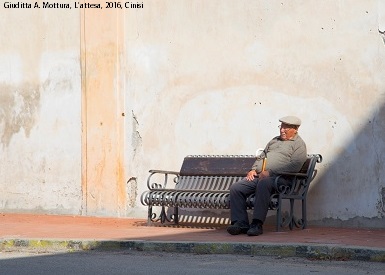Covid-19, vacunación y discurso: diferenciación social en la prensa del Perú
DOI:
https://doi.org/10.54103/2035-7680/19115Keywords:
COVID-19; Vaccination; Speech; critical discourse analysis; Peru; PressAbstract
As it has been reported for other countries, Peru has also been a territory with a high percentage of deaths due to the coronavirus pandemic. The ravages of the disease have also affected various sectors of the local population, such as the economy, education, and health. However, one of the most powerful resources to confront this pandemic has been the promotion of publicity campaigns around vaccination against COVID-19 throughout the region. In this context, the Peruvian press has displayed a series of speeches that publicize immunization through a set of benefits offered by various companies (restaurants, shopping malls, mobile phone operators, etc.). These advertising campaigns, however, erase existing power relations and social gaps. Through the critical analysis of these media discourses, this paper proposes how the Peruvian press highlights a certain class of wealthy social actors but hides other social actors who have interrupted their studies, who have suffered economic losses, who have been excluded from any economic reactivation, among other aspects. In this scenario, the analysis shows who these ‘Others’ are, and, later, how they appear discursively in this context of health crisis.
Metrics
References
Fairclough, Norman. Language and power. Longman, 1989.
---. “Linguistic and Intertextual Analysis Within Discourse Analysis.” Discourse and Society, núm. 3, 1992, pp. 193-217.
Fowler, Roger. Language in the News. Discourse and Ideology in the Press. Routledge, 1991.
Gal, Susan, y Judith Irvine. “The Boundaries of Languages and Disciplines: How Ideologies Construct Difference.” Social Research, núm. 62, 1995, pp. 967-1001.
Karlinsky, Ariel, y Dimitri Kobak. “Tracking excess mortality across countries during the COVID-19 pandemic with the World Mortality Dataset. eLife 10:e69336.” Elife 2021 https://elifesciences.org/articles/69336. Consultado el 13 nov. 2022.
Seminario Unzueta, Randall. “La pandemia de la COVID-19 y su impacto económico, social y salud.” Ágora Revista Científica, núm. 8, 2021, pp. 1-2.
Van Dijk, Teun. Análisis del discurso social y político. Abya Yala, 1999.
---. “Critical Discourse Analysis.” The Handbook of Discourse Analysis, editado por Deborah Tannen, et al. Wiley Blackwell, 2015, pp. 466–485.
---. Ideology. A multidisciplinary study. Sage, 1998.
---. “Principles of critical discourse analysis.” Discourse & Society, núm. 4, 1993, pp. 249-283.
Van Leeuwen, Theo. “Critical Discourse Analysis.” Discourse & Society, núm. 2, 1993, pp. 193-223.
Wodak, Ruth. “What is CDA about: A summary of its history, important concepts and its developments.” Methods of critical discourse analysis, editado por R. Wodak, et al. Sage, 2001, pp 1-13.
Wodak, Ruth, y Michael Meyer. “Critical Discourse Analysis: History, Agenda, Theory, and Methodology.” Methods for critical discourse Analysis, editado por R. Wodak, et al. Sage, 2001, pp. 1-33.
Downloads
Published
How to Cite
Issue
Section
License

This work is licensed under a Creative Commons Attribution-NonCommercial-NoDerivatives 3.0 Unported License.




